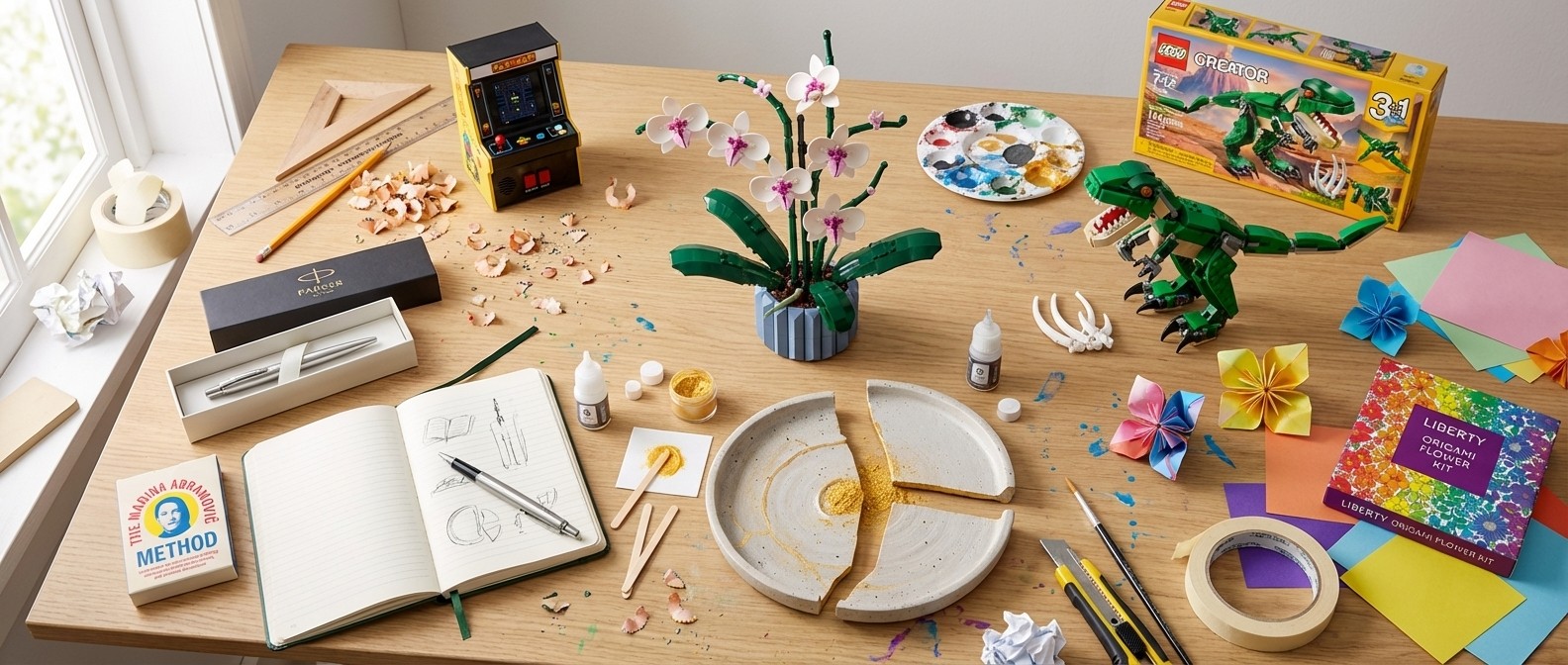How to win your dream clients
How self-taught graffiti artist Rizon Parein became a 3D guru and won Nike as a client.
Fresh from his talk at OFFF 2015, self-taught designer Rizon Parein began work on some incredible 3D type for Computer Arts' latest issue – you can read about it here.
Parein is a 3D illustrator who builds digital images with a strong architectural influence. Best know for his viral Drive poster, a neon type masterpiece, and work for Nike Portland, the Antwerp-based designer has come a long way since dropping out of high school at the age of 17.
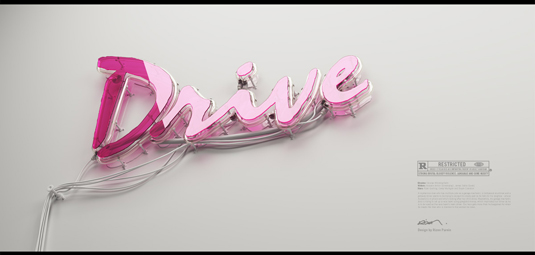
Today his clients include Peugeot, EA, Vogue, Google Play and more – but it took a failed graffiti career, plus time at a fast-food restaurant, industrial paint company and the harbour docks before Parein started to carve a successful career in design.
A turning point came when he became entitled to welfare. "At that moment I obligated myself to choose for a certain career and start educating myself," he recalls.
"I had three key values: no boss, work from home and minimum investment. The answer was: a graphic designer. I got a loan and bought my first Mac computer in 1998."
"In the beginning it was just a job for me: nothing more, nothing less. Then a friend introduced me to Tom Muller, an amazing designer, and he pointed me towards the work of Gmunk, Dform1, Designgraphik and portals such as Surfstation, Newstoday, Three. Oh, and so on. It was a total game-changer."
Here Parein explains how he turned his career around to command clients like Nike…
Daily design news, reviews, how-tos and more, as picked by the editors.
To what extent does your graffiti background inform your design work?

As a graffiti writer, I was addicted to 3D lettering. I guess I have a passion for volume. I would love to, at some time, step into world of real physical objects – whether this is a toothbrush or a retail installation.
Graphic design has many similarities with the graffiti scene: it's a global community of artists exploring and searching for new styles, setting the foundations of a new era of graphic design.
How did teach yourself the skills you need, such as complex 3D software?
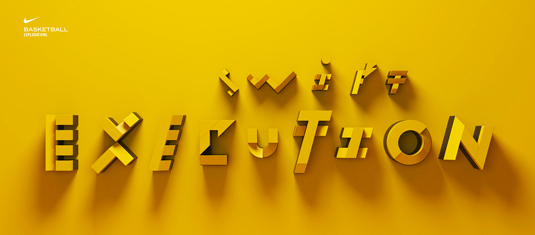
For the first six-or-so years, I mainly made flyers for nightlife events. This was my university. With each flyer I searched for a new technical challenge. I don't think it was ever a frustration, I made many mistakes but because of these I often discovered interesting things.
I probably don't know half of the software I use. I still learn every week. It's an ongoing curiosity…
As a self-taught designer, how did you win your first paid client project?
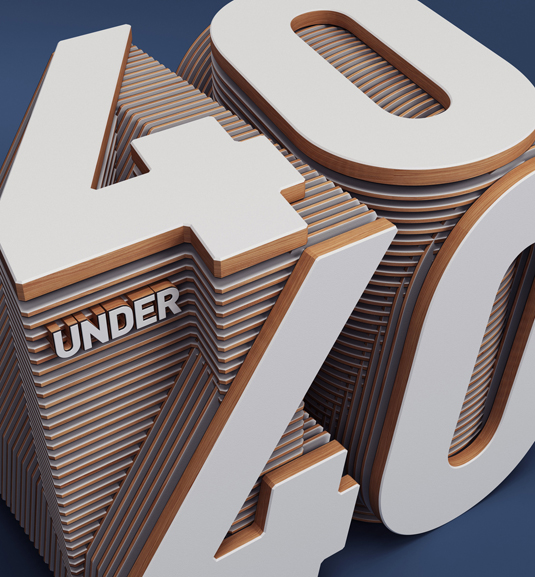
Being self-taught never worked against me; in contrary it helped me. I think it shows your discipline and passion for design. The first years, where from time to time it's quite hard, you take on any job that comes to you and this was wrong…
Some stuff – like characters – just isn't my style. No matter how many revisions follow, it'll never be good. Many clients assume when you do 3D you're capable of doing anything in 3D, but there are so many disciplines in 3D that they require totally different skills. These days it tends to happen less. I guess it's becoming more clear what my actual style is.
What advice would you give for landing a dream client like Nike?
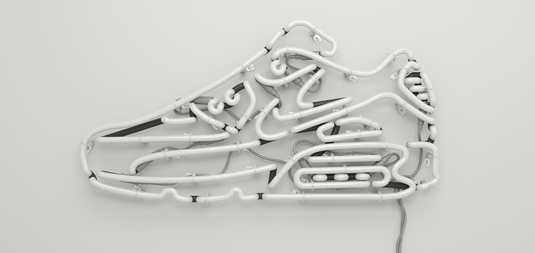
- Invest time in personal workMy 3D neons started hyping when the Drive neon went viral. I was getting one neon job after the other and suddenly Michael Spoljaric from Nike Portland contacted me to do a neon for Nike Sportswear… We had a great contact and he introduced me to other creative teams at Nike.
- Don't be afraid of hard workI think the last two years I almost worked non-stop for Portland, working with them is such a pleasure. It's demanding but it always pays off. It's like working with friends: there's a dialogue and mutual respect and it's very organic.
- Be vocalIf you think something doesn't work, Nike are totally open to suggestions – which is a rarity when working with ad agencies.
What tips would you give for taking the self-taught route?
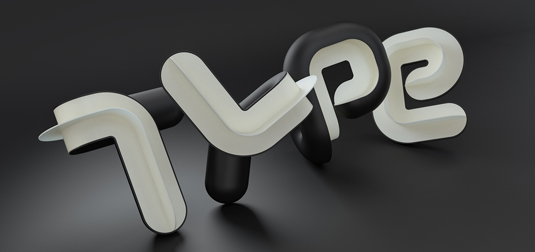
- Challenge yourself continuously
- Stay hungry
- Never get lazy
- Have the discipline to respect your deadlines
- Stick to what you believe in
- Be stubborn
- Don't accept everything
- Demand respect and at the same time be constructive
There's still time to get your hands on Rizon Parein's stunning 3D type for Computer Arts – grab a copy of CA 242 here.
Inside the issue: Adrian Shaughnessy explores the state of contemporary typography; how Turner Duckworth rebranded iconic global brand Burger King; the designer's guide to accessibility; the results of the inaugural Unsung Heroes awards; and much more.
Liked this? Try these…
- How to move from 2D to 3D
- This illustration project made a D&AD New Blood judge cry
- Free graffiti font selection

The Creative Bloq team is made up of a group of art and design enthusiasts, and has changed and evolved since Creative Bloq began back in 2012. The current website team consists of eight full-time members of staff: Editor Georgia Coggan, Deputy Editor Rosie Hilder, Ecommerce Editor Beren Neale, Senior News Editor Daniel Piper, Editor, Digital Art and 3D Ian Dean, Tech Reviews Editor Erlingur Einarsson, Ecommerce Writer Beth Nicholls and Staff Writer Natalie Fear, as well as a roster of freelancers from around the world. The ImagineFX magazine team also pitch in, ensuring that content from leading digital art publication ImagineFX is represented on Creative Bloq.
